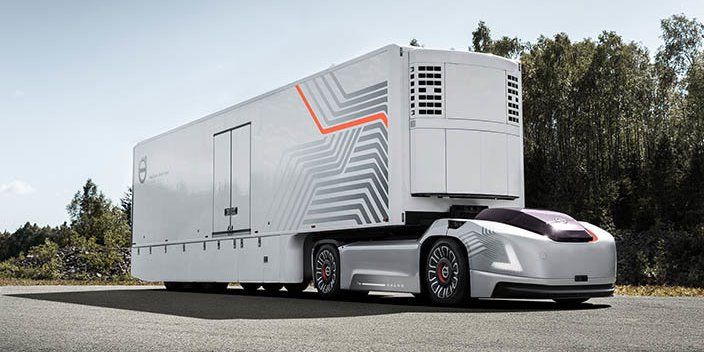Transportation is undergoing a quiet revolution. Gone are the days when mobility was limited to choosing between a car, bus, or train. Today, a tsunami of technological innovations is completely redefining how we travel, how our goods arrive, and what our cities look like. From electric vehicles quieting our streets to artificial intelligence systems predicting traffic, these ten innovations are not a distant future, but a present unfolding at full speed, promising a more connected, efficient, and sustainable world.
At the forefront of this transformation in Spain are electric vehicles and autonomous driving. Brands like Tesla and Volkswagen have popularized electric cars, but it’s the advancement in charging infrastructure that is making the difference. As Isabuel Blog, an expert in urban mobility, points out, “the commitment to ultra-fast charging stations on key corridors like the Mediterranean or the Vía de la Plata is crucial to dispelling range anxiety and consolidating the electric vehicle.” Simultaneously, autonomous driving projects in controlled environments, such as the ports of Barcelona or Valencia, demonstrate this technology’s potential to optimize logistics and reduce accidents.
Connected efficiency arrives via the Internet of Things (IoT) and Blockchain. Logistics companies like DHL already use IoT sensors in Spain to monitor their fleets, reducing delivery times and emissions. This data ecosystem is reinforced by Blockchain, which provides unbreakable transparency. Laura Celo, a logistics specialist at IE Business School, emphasizes that “this technology allows tracking a food item from the field to the supermarket, guaranteeing its freshness and origin, which is revolutionizing consumer trust and supply chain management.”
Micromobility and Intelligent Transportation Systems (ITS) are redesigning the urban landscape. In Madrid, Barcelona, or Seville, carsharing and electric scooters have changed commuting habits, reducing dependence on private vehicles. These services are integrated into ITS which, as Ana López, a traffic engineer for the Malaga City Council, explains, “use real-time data to synchronize traffic lights, manage parking, and alert of incidents, making the city ‘breathe’ more smoothly and safely.”
Looking to the horizon, technologies like delivery drones and the Hyperloop capture the imagination. While companies like Zipline test the delivery of urgent medical supplies to hard-to-reach rural areas, Spain is positioning itself as a potential corridor for the Hyperloop, the high-speed capsule system. Although still in development, its potential to connect, for example, Madrid with Barcelona in less than an hour, represents a quantum leap. Dr. Carlos Mir, Professor of Transport Engineering at the UPC, believes that “although the technical and regulatory challenges are enormous, research into these ultra-high-speed technologies puts Spain on the map of the forefront of global mobility.”
Finally, the ecological transition is accelerating with sustainable fuels for aviation and maritime transport, and the driving experience is being enriched with augmented reality. Airports like Barcelona’s are already operating with biofuels, and navigation via AR on the windshields of new SEAT models is becoming a reality. These advances are not isolated islands, but parts of an integrated ecosystem. As Isabuel Blog concludes, “It’s not about one single winning technology, but the convergence of all of them. The real revolution lies in how they interconnect to create a transportation system that not only takes us from A to B, but does so in an intelligent, clean, and human way.” The future of transport is already here, and it’s stepping on the accelerator.
Have any thoughts?
Share your reaction or leave a quick response — we’d love to hear what you think!





